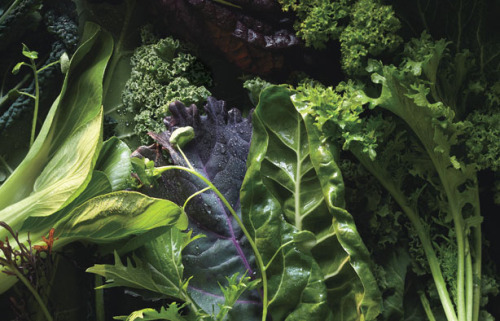My first response to this question has always been a giant eye-roll. The saying goes “everything in moderation” and that really does mean everything. But as this question seemed to be popping up everywhere I went, and as it concerns me and my family since we eat a lot of greens regularly, I thought I’d check it out and report back on my findings.
Something significant I have noticed on this lovely interweb, is fear-mongering. There are many websites that would have you worry about your diet, lifestyle choices, fashion, parenting, mental health, finances, everything! It’s hard to know where to turn and whom to trust when anyone can publish anything and contradict your choices or even science! This is why I think it is important to take everything with a pinch of salt (sea salt preferably haha), trust your gut, and reliable sources of information.
The two buzzwords surrounding this issue are oxalates and goitrogens and I shall break down my understanding of the research for you:
Oxalates:
Oxalic acid is a natural compound found in everything: humans, plants, and animals. Our bodies produce it as well. Oxalic acid binds to calcium, magnesium, zinc, copper, and iron in our bodies and forms oxalates, which are insoluble salts. High levels of oxalates make it difficult for our bodies to absorb these important minerals. Lots of oxalates in your body can also lead to kidney stones, though there is still some debate about this. Much of the research on oxalates talks about how oxalic acid build up really varies from person to person. There are some people with genetic predispositions, along with people who are more prone to a build up: people with kidney or gallbladder problems, rheumatoid arthritis, and hyperoxaluria, gout, or vulvodynia.
The main foods that are high in oxalic acid are (in descending order) spinach, beet greens, okra, parsley, leeks, and collards. There are several other foods that contain oxalic acid in varying amounts.
Goitrogens:
Goitrogens are chemicals that can interfere with the functions of the thyroid. The research is split among those who believe that goitrogenic foods can cause goiters, or an enlargement of the thyroid due to problems with iodine and overworking, and those who believe that these foods do not actually cause goiters, but may induce thyroiditis. Either way, these foods contain goitrogens and there is much that is written about the adverse effects of consuming too much. My preferred piece of advice is, “The term “goitrogenic food” makes it sound as if something is wrong with the food, but that is simply not the case. What causes problems for certain individuals is not the food itself but the mismatched nature of certain substances within the food to their unique health circumstances.” This being said, foods high in goitrogens are broccoli, cauliflower, mustard greens, brussels sprouts, kale, collards, and turnips. In summary (along with my two cents), if you have hyper or hypothyroidism, always consult your health practitioner.
Overall, nearly every raw foodist, nutritional coach, and health hacker online has the same recommendation: rotate your greens. This simply means that if you’re into making green smoothies or salads regularly, just switch up the type of green you use on a weekly basis. If you rotate between the four common types of greens, you can avoid any overlap and get a wonderful variety of vitamins and minerals to really boost your system. Changing your greens around will ensure that your body doesn’t keep getting the same dose of either oxalates or goitrogens. You give your body a break and allow it to have access to other nutrients. It’s a complete win-win.
To me, this advice goes deeper. I try and apply it to all aspects of my life. Moderation. Too much of a good thing, no, too much of anything will ultimately end up harming you. I try to be aware of what my body needs by paying attention to what I’m craving and how I feel. I know that my body loves the romaine I use in smoothies, but I sometimes feel myself wanting more so I add in some spinach or parsley every now and then. I have noticed distinct cravings for kale and arugula occasionally, and I honour my body by giving in to these green cravings! I also try and eat as seasonally as possible. By paying attention to the weather and what’s local and in season, my body is naturally given a variety of greens and nutrients that change as the seasons change. And change is good.
Listen to your body. Switch your greens up and try new greens! Honour your feelings and your cravings.

